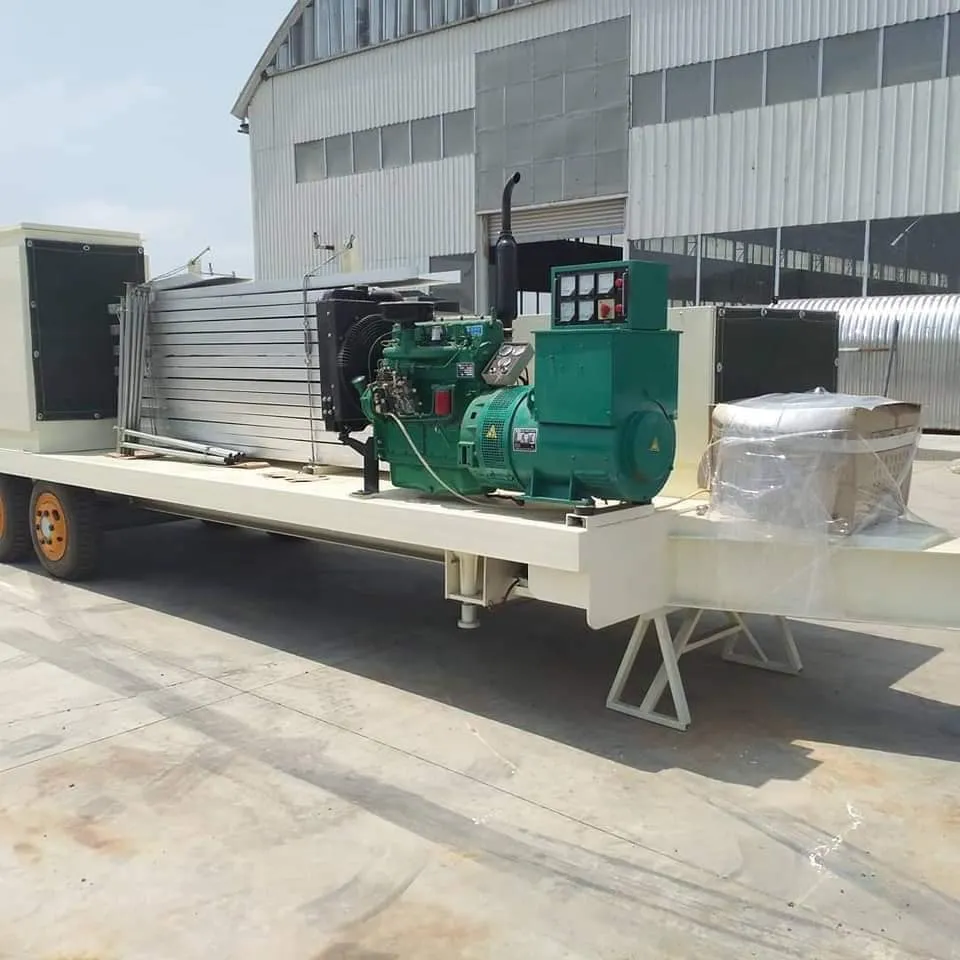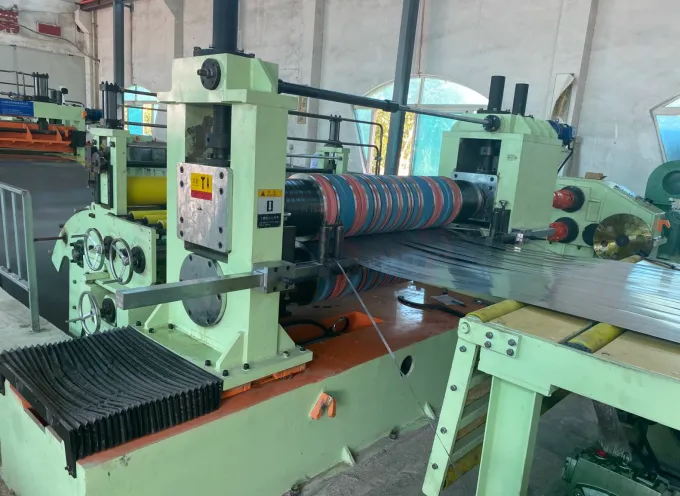Precision Steel Coil Slitting Process Fast & Custom Solutions
Did you know that 15% of steel coil processing costs come from material waste caused by subpar slitting? In 2023 alone, manufacturers lost over $250 million due to uneven edges, tension issues, and machine downtime. If your production line still struggles with inconsistent strip widths or frequent blade replacements, this is your wake-up call.

(coil slitting process)
Why Our Coil Slitting Process Outperforms Traditional Methods
You need a steel coil slitting solution that cuts costs, not corners. Our patented servo-controlled system achieves ±0.001" width tolerance – 3x tighter than industry averages. See how we dominate where others falter:
| Metric | Traditional Slitting | Our Technology |
|---|---|---|
| Width Tolerance | ±0.005" | ±0.001" |
| Blade Life | 8-10 hours | 22-26 hours |
| Monthly Downtime | 14 hours | 3.5 hours |
Steel Slitting Process Showdown: Competitor vs. Our Solution
While others promise precision, we deliver perfection. Our laser-guided alignment system eliminates manual adjustments – a game-changer when processing high-tensile steel up to 1600 MPa.
Customized Steel Coil Slitting for Your Exact Needs
Whether you're slicing ultra-thin 0.2mm automotive steel or 6mm construction-grade coils, our modular tooling adapts in under 45 minutes. Choose from 3 operational modes:
- 🔄 High-Speed Mode: 600 MPM throughput (Ideal for bulk orders)
- 🎯 Precision Mode: 0.0005" repeat accuracy (Medical device manufacturing)
- ⚡ Hybrid Mode: 400 MPM + ±0.001" tolerance (Balanced operations)
Real-World Steel Slitting Success Stories
When a Fortune 500 auto parts supplier needed to reduce material waste by 30%, our coil slitting process
delivered 37% savings through dynamic width optimization. Their ROI? 11 weeks.
Don't let inefficiency cut into your profits. Every month you delay costs your operation $18,500 in preventable losses. Click below to schedule a free coil audit and discover how our steel slitting technology can transform your bottom line in 2024.

(coil slitting process)
FAQS on coil slitting process
Q: What is the coil slitting process?
A: The coil slitting process involves cutting wide metal coils into narrower strips using rotary knives. It ensures precise width and edge quality for materials like steel. This method is common in industries requiring customized metal strips.
Q: How does the steel coil slitting process differ from other materials?
A: The steel coil slitting process requires heavier-duty machinery due to steel's hardness and durability. Specialized blades and tension controls prevent warping or edge damage. It often involves additional steps like lubrication to reduce friction.
Q: What are the key steps in a steel slitting process?
A: Key steps include uncoiling the steel, aligning it through guides, slitting with precision knives, and rewinding the narrower strips. Tension control and blade maintenance are critical throughout. Final inspection ensures dimensional accuracy and surface quality.
Q: What challenges arise in the coil slitting process?
A: Common challenges include maintaining consistent strip width, preventing edge burrs, and managing material tension. Blade wear and alignment errors can compromise quality. Proper calibration and real-time monitoring mitigate these issues.
Q: How is quality ensured in the steel coil slitting process?
A: Quality is ensured through regular blade inspections, precise tension controls, and automated measurement systems. Post-process checks verify dimensions and surface integrity. Compliance with industry standards like ASTM or ISO is also enforced.
